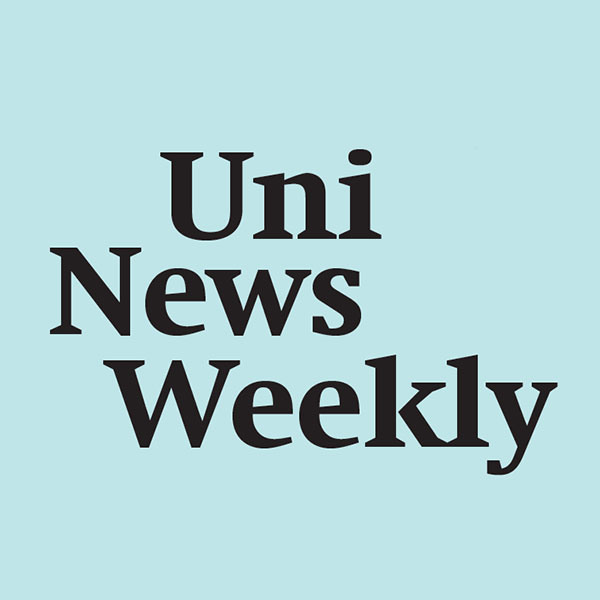
Subscribe to our English-language newsletter
Sign up for the Uni News Weekly newsletter and receive the weekly highlights directly in your inbox every Thursday.
Mice that spent time running on wheels developed twice the normal number of new brain cells and increased their ability to distinguish new objects from familiar objects compared to inactive mice, reports a new study by researcher of the University of Basel.
To more efficiently treat breast cancer, scientists have been researching molecules that selectively bind to cancer cells and deliver a substance that can kill the tumor cells, for several years. Researchers from the University and University Hospital Basel have now for the first time successfully combined such an antibody-drug conjugate with a therapy that stimulates the immune system to attack tumor cells.
The BK polyomavirus often causes complications after kidney transplantation. A research group from the Department of Biomedicine at the University and the University Hospital of Basel has now been able to show, that the immunosuppressive drug Tacrolimus directly activates the replication of the virus and could thus be responsible for these complications.
The startup company “T3 Pharmaceuticals” at the Biozentrum of the University of Basel has developed a fast and simple tool to selectively inject diverse proteins into cells.
Scientists from the Swiss Nanoscience Institute and the Department of Physics at the University of Basel have demonstrated for the first time how electrons are transported from a superconductor through a quantum dot into a metal with normal conductivity.
Exercise is healthy – this applies to all of us, especially though for people suffering from type 2 diabetes. Researchers from the University of Basel were able to show that fitness games, or “exergames”, for the Nintendo Wii console are suitable to increase cardiorespiratory fitness in type 2 diabetic patients and thus lower the risk of related heart disease.
Microwave field imaging is becoming increasingly important, as microwaves play an essential role in modern communications technology and can also be used in medical diagnostics. Researchers from the Swiss Nanoscience Institute and the Department of Physics at the University of Basel have now independently developed two new methods for imaging microwave fields.
Researchers at the Biozentrum of the University of Basel have developed a new technique using nanobodies. Employing the so-called “Morphotrap”, the distribution of the morphogen Dpp, which plays an important role in wing development, could be selectively manipulated and analyzed for the first time in the fruit fly. The results of the study have been published in the current issue of “Nature”.
Tuberculosis bacteria employ an unusual strategy. They present themselves to the immune system in a constant shape. Their antigenic variation is low what provokes a severe immune response. As a consequence, the bacteria enter the lungs from where they are easily transmitted from humans to humans by coughing.


Sign up for the Uni News Weekly newsletter and receive the weekly highlights directly in your inbox every Thursday.
